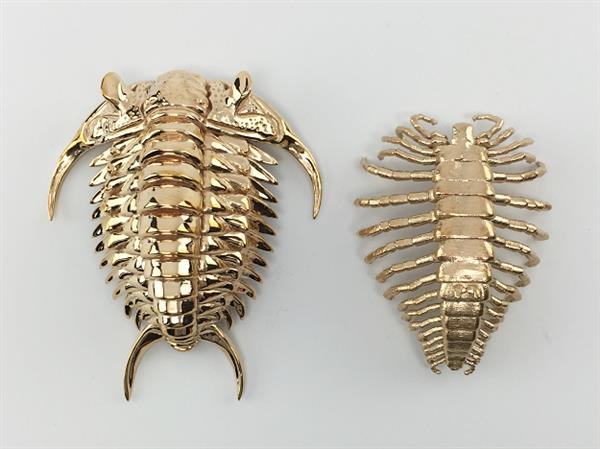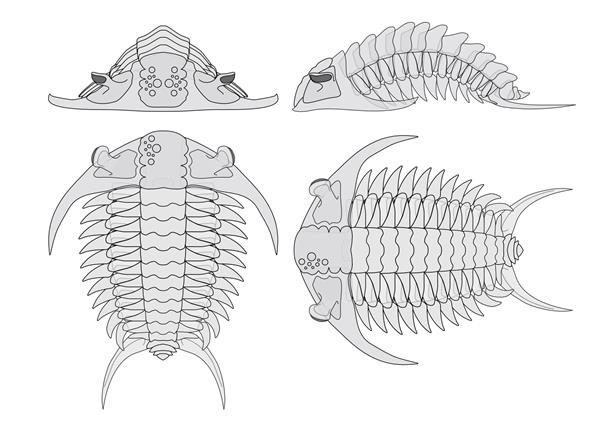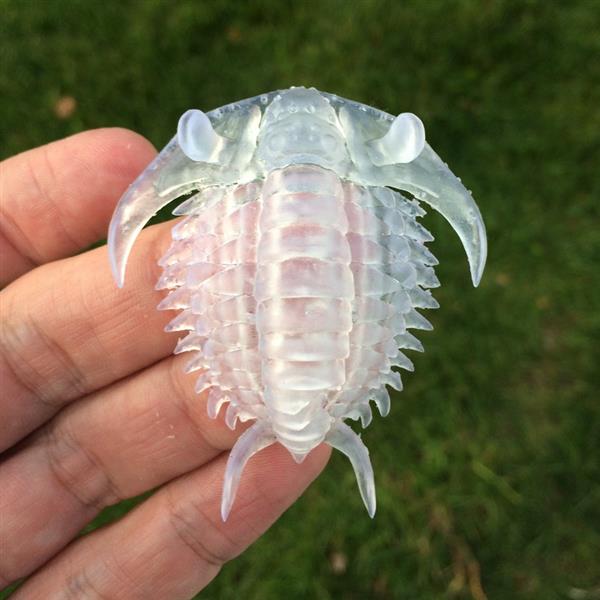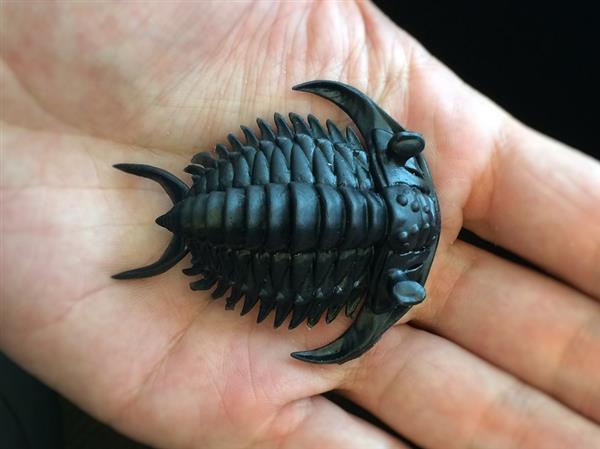
3D printing technology has successfully helped scientists restore the true look of many ancient species. Recently, Alan Drummond, a scientist at the University of Chicago, used the same method to reproduce an extinct ancient prehistoric species, trilobite.

Drummond is a professor of biochemistry at the University of Chicago, and has great interest in trilobites, an extinct marine arthropod. The reason why he made this realistic 3D printing trilobite this time is because he wants to get a more advanced experience beyond pictures, books and fossils, that is, to be able to make real contact.

In order to get the desired model, Professor Drummond collected a large number of anatomical structural data of trilobites. But then he found some minor problems - the trilobite's body structure is very complex, with many very thin tentacles. Such a structure is not only easy to manufacture, but also easily damaged during post-processing. So in the end, he decided to sacrifice a portion of the fineness in exchange for the integrity of the finished product.

After many adjustments, Professor Drummond finally completed the printable digital 3D model of the trilobite - highly restored from fossils and large amounts of data, sufficiently fine and strong enough.

According to China's 3D printer network, Professor Drummond first used the Formlabs Form 1 3D printer from the University of Chicago to produce a first prototype with a resolution of 0.05 mm using transparent resin as a raw material, and then made a second improvement using black resin. version of. However, he thought that the legs of the two models were too much like crustaceans, so he made some improvements before sending the final plan to Shapeways.

Subsequently, the world-renowned 3D printing service provider did not disappoint its customers. They used the Direct Metal Printing (DMP) process to create a refined metal version of the trilobite — albeit a bit embarrassing, but it has improved a lot compared to the previous resin version.

After getting the model, in order to get the desired effect, Professor Drummond also used the technology he mastered to do some post-processing on the brass 3D printed trilobite. “I used sulphur liver (the product of the fusion of potassium carbonate and sulphur) to oxidize the model, producing a copper-green luster and doing some polishing. You can see that the final result is very good!†Professor Drummond said. .

It is evident from the picture that the treated copper trilobite is much better than the original resin version. In addition, in order to complete his entire project, Professor Drummond later produced a silver version.
(Editor)
Embossed Toilet Paper,Toilet Paper Roll,Toilet Paper Tissue,Jumbo Roll Toilet Paper
Auswei Paper(Jiangmen)Co.,Ltd , https://www.pleespaper.com